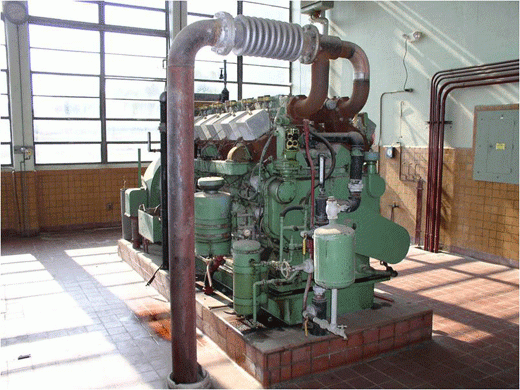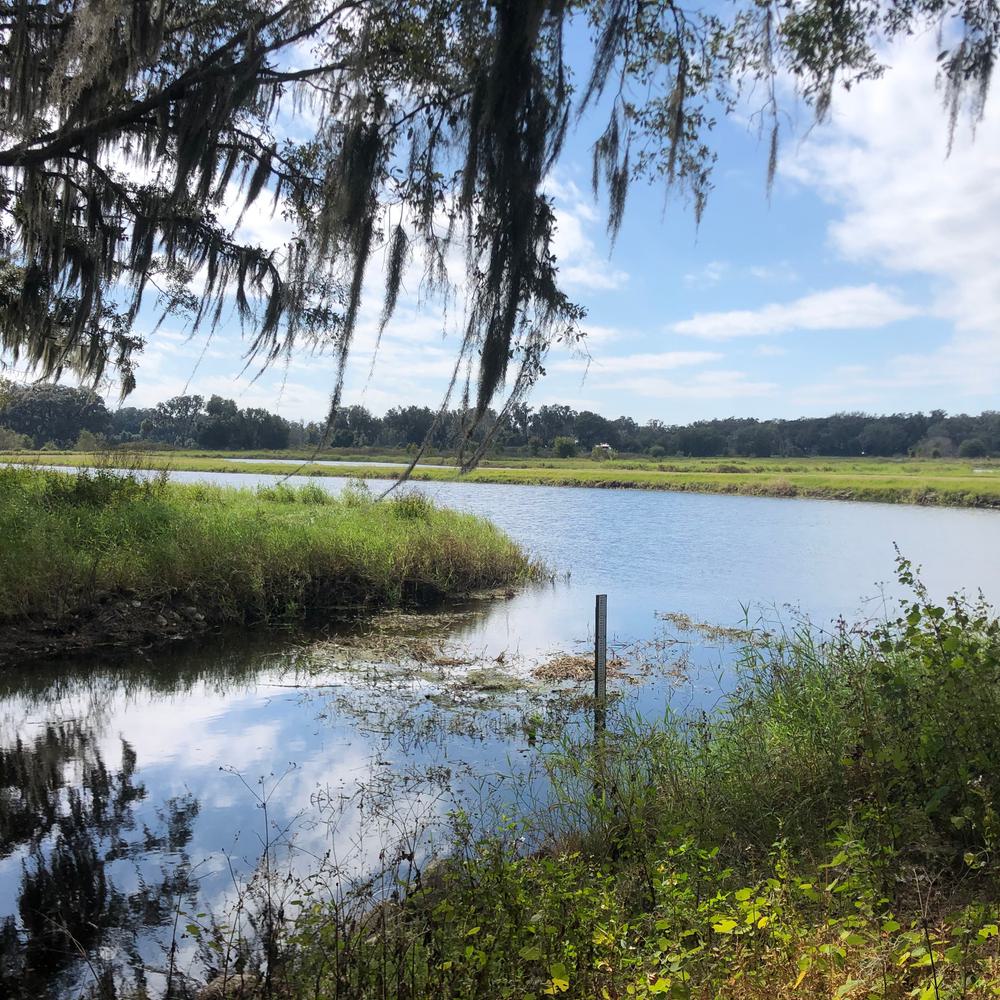Landfill Gas-to-Energy Study for North Durham WWTP

The City of Durham currently generates approximately 100,000 SCFD of anaerobic digester gas at the North Durham WWTP that can be beneficially utilized in onsite boilers to generate hot water. Digester gas can also be used in on-site engine driven blowers to provide compressed air for the wastewater treatment process. These blowers are configured to operate as a combined heat and power system and captured heat is routed into the digester and building heating hot water loop to offset hot water demands from the boiler. Based on an assessment of the existing infrastructure, no additional improvements were recommended for the wastewater treatment digester gas beneficial use system.
Landfill gas generation rates for the North Durham Landfill were estimated using EPA’s LANDGEM model with adjustments for actual landfill gas quantity as measured at the waste gas flare. The LANDGEM model output was utilized to estimate future landfill gas production for system sizing and economic analysis. Landfill gas quality was also analyzed to provide information necessary for the evaluation and preliminary sizing of LFG utilization equipment. Due to available LFG energy, preliminary economic screening, and LFG quality, internal combustion gas engine driven generators were identified as the most appropriate technology for on-site power generation.
Economic analyses were conducted for energy development at the 1.0MW, 2.0MW, and 3.0MW production capacity increments. Each economic scenario was evaluated on a 20-year lifecycle cost basis accounting for the value of electrical energy generated, renewable energy credits, estimated O&M costs, and initial capital investment requirements. Optimal return on investment was demonstrated for production at the 2.0MW installed capacity.

Mike Bullard has over 30-years of experience as an engineer in the design, operation, maintenance and process optimization of municipal and industrial water and
wastewater treatment facilities.
Related Topics:
Project Outcomes and Benefits
- Analysis indicated that for a 1.0MW system that approximately $1.59 of net present value would be generated for each $1.00 of capital cost invested in the system, with a payback period of 12-13 years.
- Analysis also indicated that for a 2.0MW system that approximately $1.86 of net present value would be generated for each $1.00 of capital cost invested.




















